 Quick View
Quick View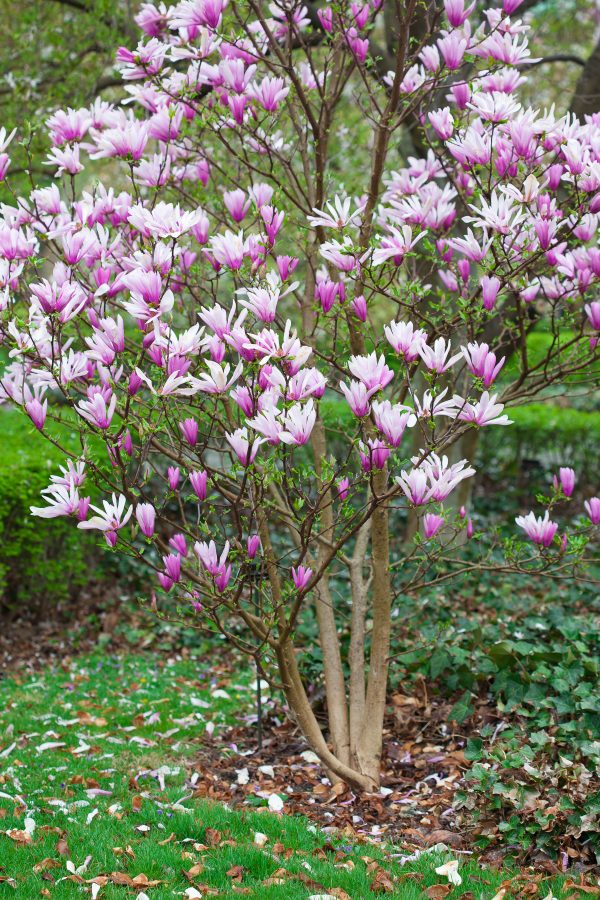 Quick View
Quick View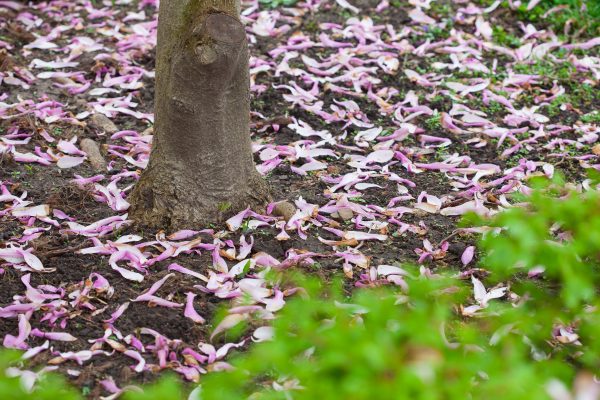 Quick View
Quick View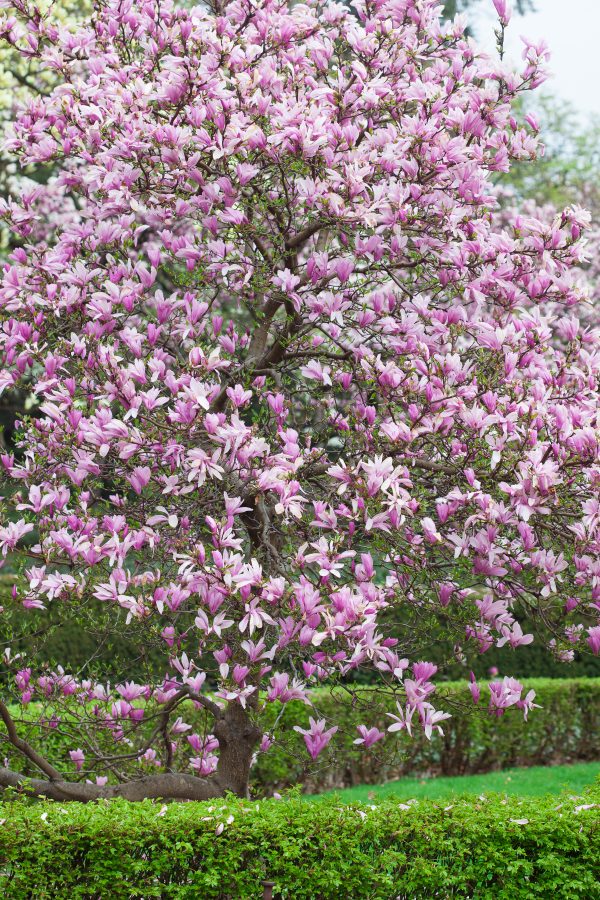 Quick View
Quick View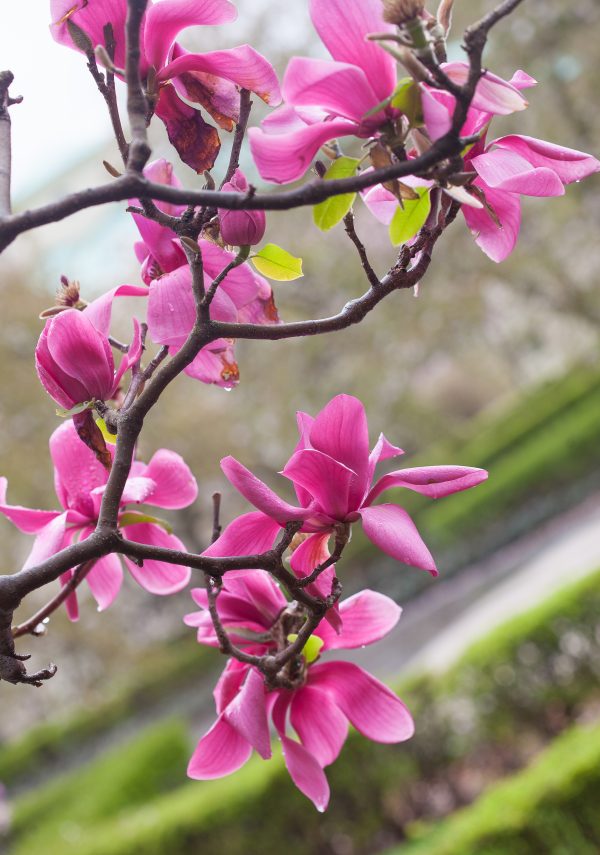 Quick View
Quick View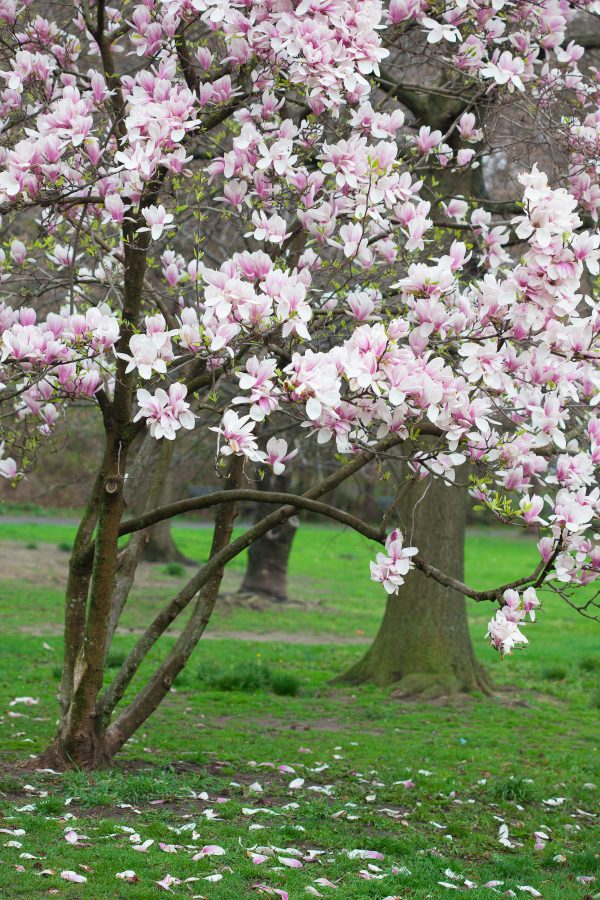 Quick View
Quick View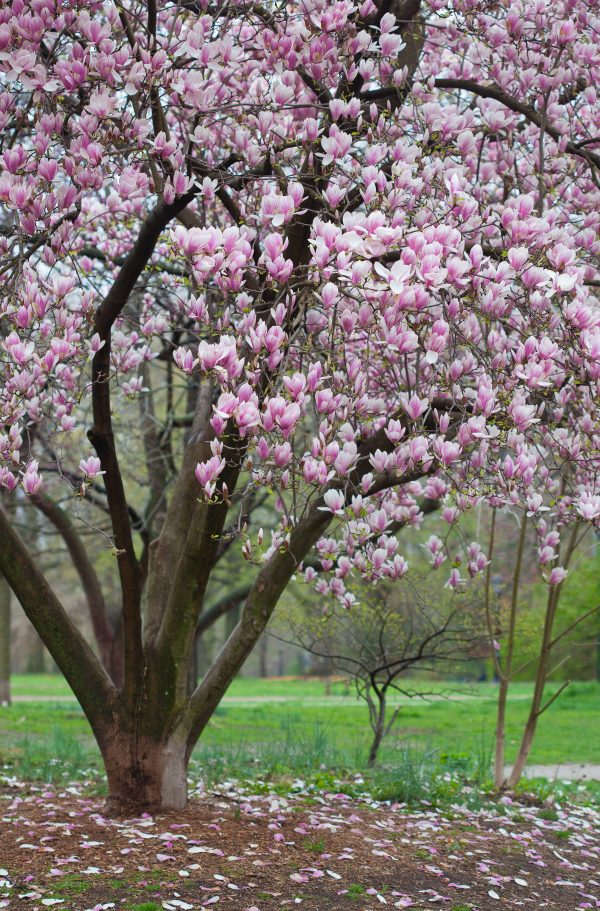 Quick View
Quick View Quick View
Quick View Quick View
Quick View Quick View
Quick View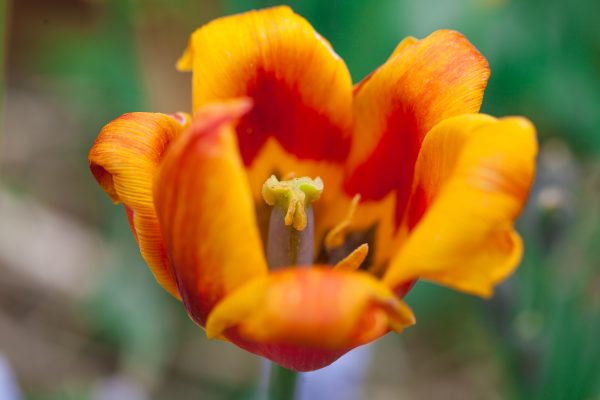 Quick View
Quick View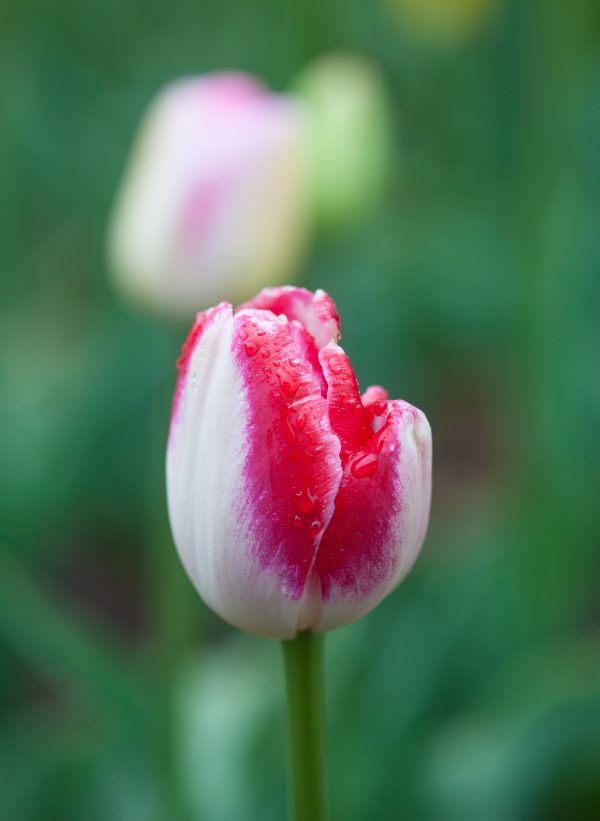 Quick View
Quick View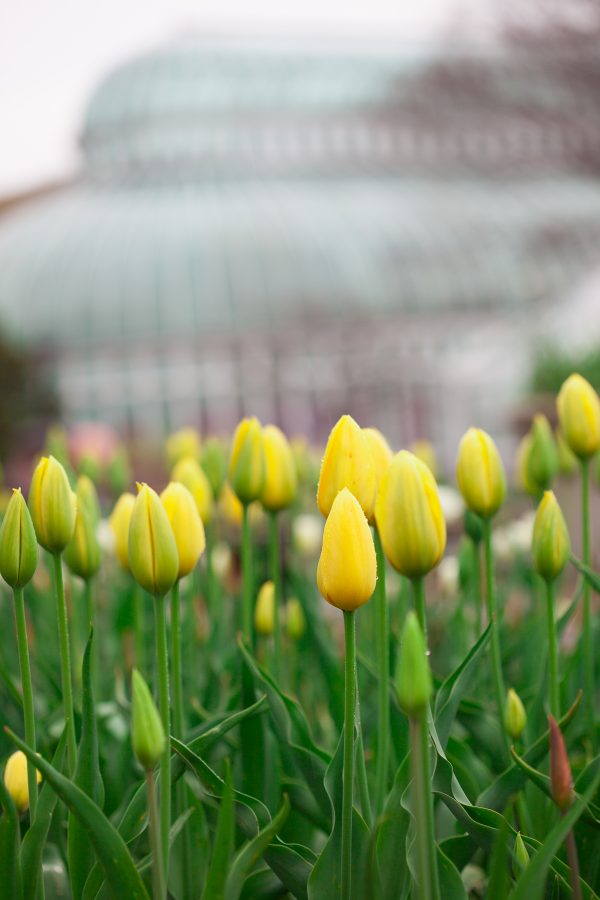 Quick View
Quick View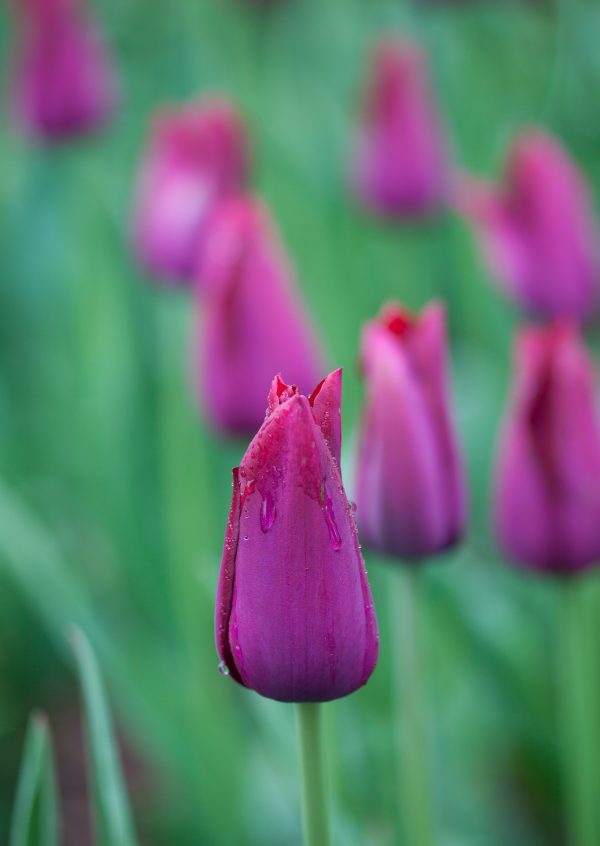 Quick View
Quick View Quick View
Quick View Quick View
Quick View Quick View
Quick View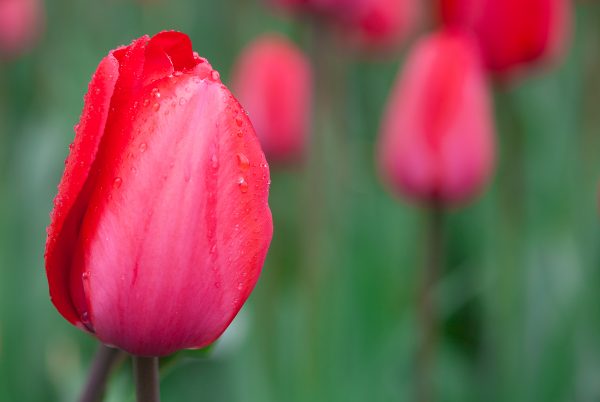 Quick View
Quick View Quick View
Quick View Quick View
Quick View Quick View
Quick View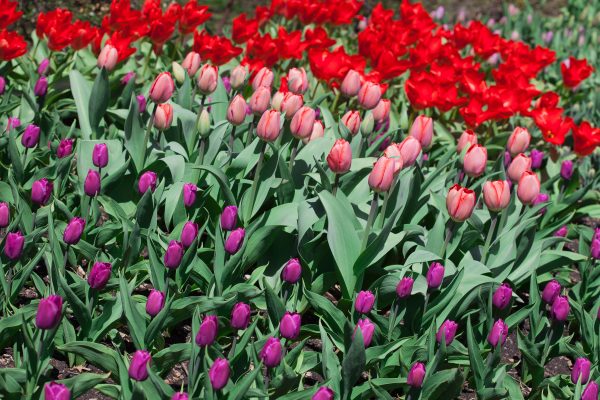 Quick View
Quick View Quick View
Quick View Quick View
Quick View Quick View
Quick View Quick View
Quick View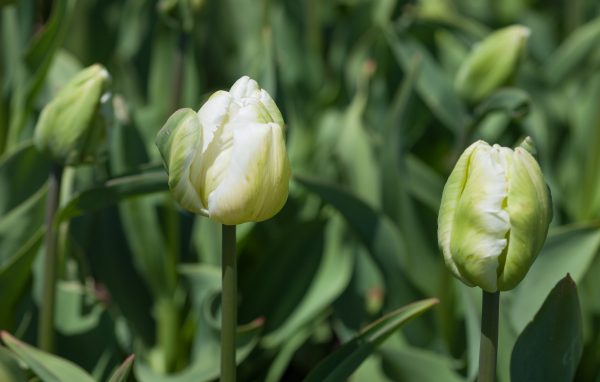 Quick View
Quick View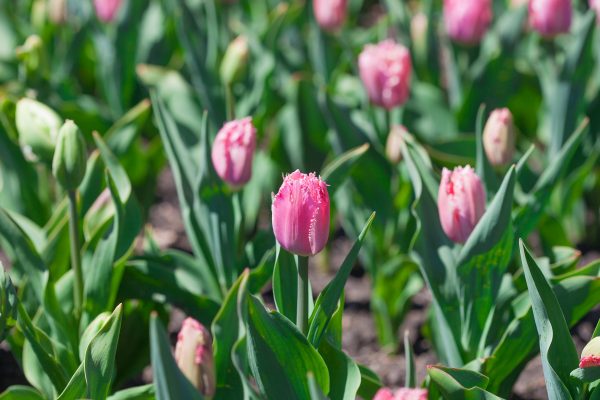 Quick View
Quick View Quick View
Quick View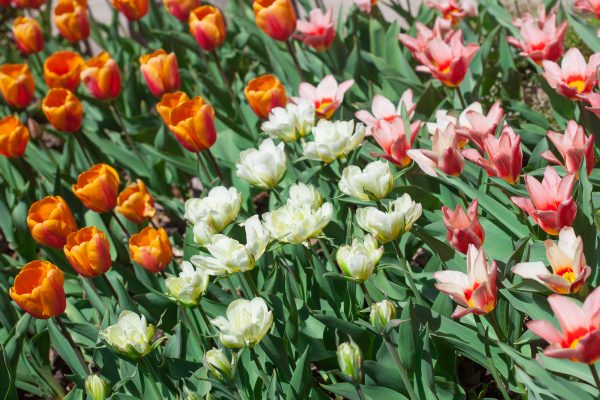 Quick View
Quick View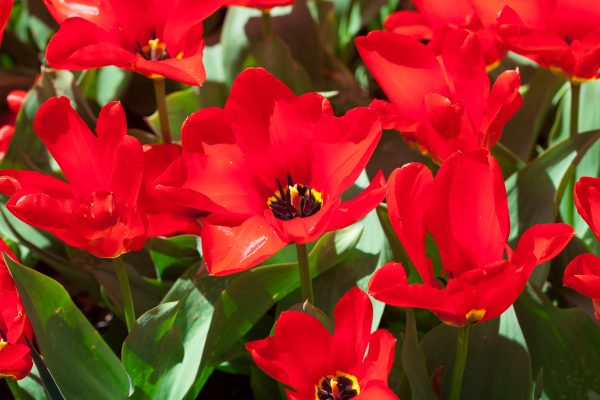 Quick View
Quick View Quick View
Quick View Quick View
Quick View Quick View
Quick View Quick View
Quick View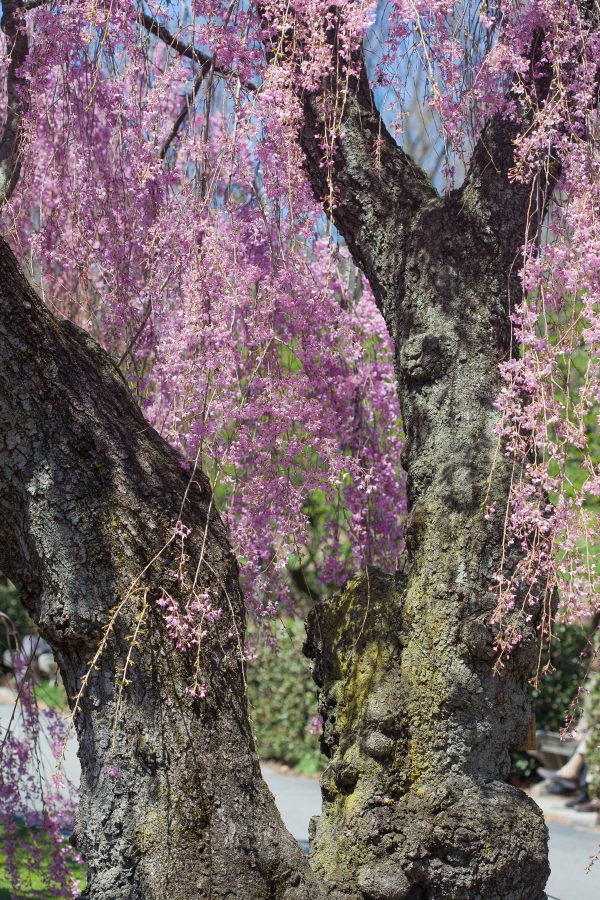 Quick View
Quick View Quick View
Quick View
Tulips
Tulips (Tulipa) form a genus of spring-blooming perennial herbaceous bulbiferous geophytes (having bulbs as storage organs). The flowers are usually large, showy and brightly coloured, generally red, yellow, or white. They often have a different coloured blotch at the base of the tepals (petals and sepals, collectively), internally. Because of a degree of variability within the populations, and a long history of cultivation, classification has been complex and controversial. The tulip is a member of the Liliaceae (lily) family, along with 14 other genera, where it is most closely related to Amana, Erythronium and Gagea in the tribe Lilieae. There are about 75 species, and these are divided among four subgenera. The name “tulip” is thought to be derived from a Persian word for turban, which it may have been thought to resemble. Tulips originally were found in a band stretching from Southern Europe to Central Asia, but since the seventeenth century have become widely naturalised and cultivated. In their natural state they are adapted to steppes and mountainous areas with temperate climates. Flowering in the spring, they become dormant in the summer once the flowers and leaves die back, emerging above ground as a shoot from the underground bulb in early spring.
While tulips had probably been cultivated in Asia from the tenth century, they did not come to the attention of the west till the sixteenth century, when western diplomats to the Ottoman court observed and reported on them. They were rapidly introduced into Europe and cultivated and became a frenzied commodity during Tulip mania. Tulips were frequently depicted in Dutch Golden Age paintings, and have become associated with the Netherlands, the major producer for world markets, ever since. In the seventeenth century Netherlands, during the time of the Tulip mania, an infection of tulip bulbs by the tulip breaking virus created variegated patterns in the tulip flowers that were much admired and valued. This phenomenon was referred to as “broken”.
Breeding programs have produced thousands of hybrid and cultivars in addition to the original species (known in horticulture as botanical tulips). They are popular throughout the world, both as ornamental garden plants and as cut flowers.
Magnolias
Magnolia is a large genus of about 210 flowering plant species in the subfamily Magnolioideae of the family Magnoliaceae. It is named after French botanist Pierre Magnol.
Magnolia is an ancient genus. Appearing before bees did, the flowers are theorized to have evolved to encourage pollination by beetles. To avoid damage from pollinating beetles, the carpels of Magnolia flowers are extremely tough. Fossilised specimens of M. acuminata have been found dating to 20 million years ago, and of plants identifiably belonging to the Magnoliaceae date to 95 million years ago. Another aspect of Magnolia considered to represent an ancestral state is that the flower bud is enclosed in a bract rather than in sepals; the perianth parts are undifferentiated and called tepals rather than distinct sepals and petals. Magnolia shares the tepal characteristic with several other flowering plants near the base of the flowering plant lineage such as Amborella and Nymphaea (as well as with many more recently derived plants such as Lilium).
The natural range of Magnolia species is a disjunct distribution, with a main centre in east and southeast Asia and a secondary centre in eastern North America, Central America, the West Indies, and some species in South America.
Cherry blossoms
A cherry blossom is the flower of any of several trees of genus Prunus, particularly the Japanese cherry, Prunus serrulata, which is called sakura after the Japanese (桜 or 櫻; さくら).
Currently they are widely distributed, especially in the temperate zone of the Northern Hemisphere including Japan, Nepal, Taiwan, Korea, China, West Siberia, India, Iran, and Afghanistan. Along with the chrysanthemum, the cherry blossom is considered the national flower of Japan.
Many of the varieties that have been cultivated for ornamental use produce small, unpalatable fruit. Edible cherries generally come from cultivars of the related species Prunus avium and Prunus cerasus.